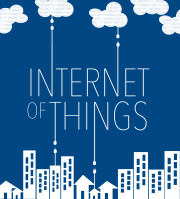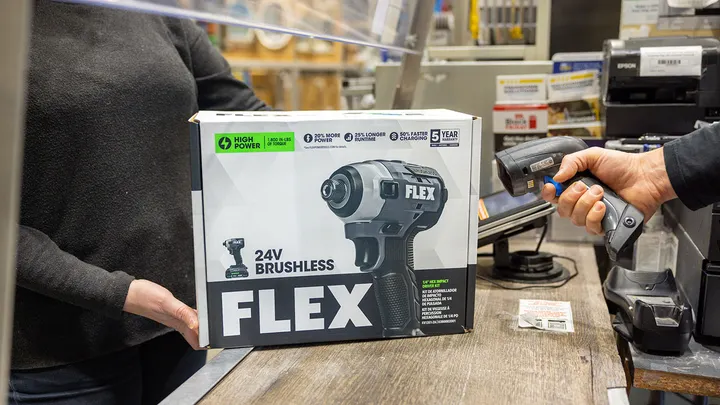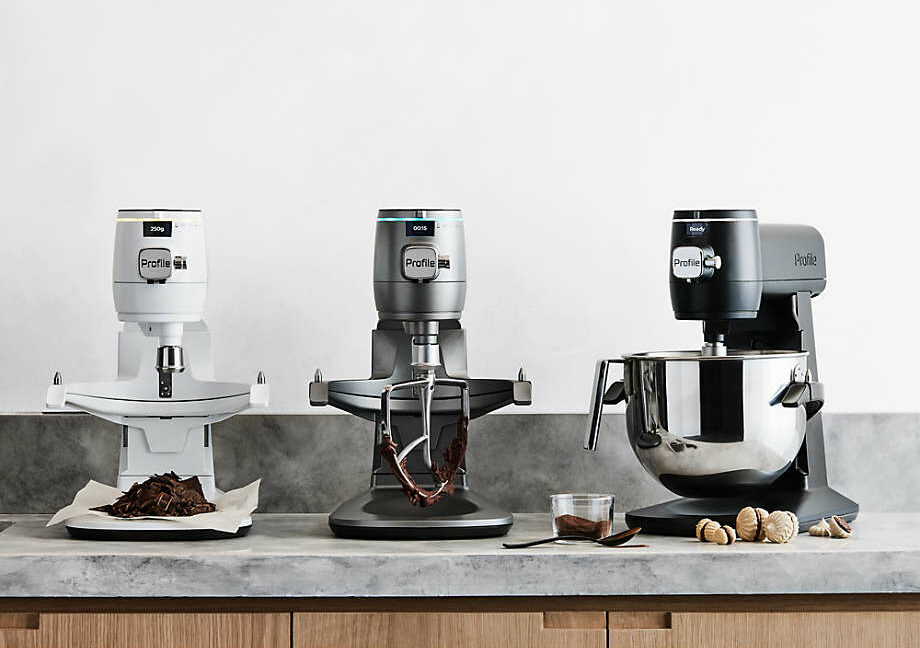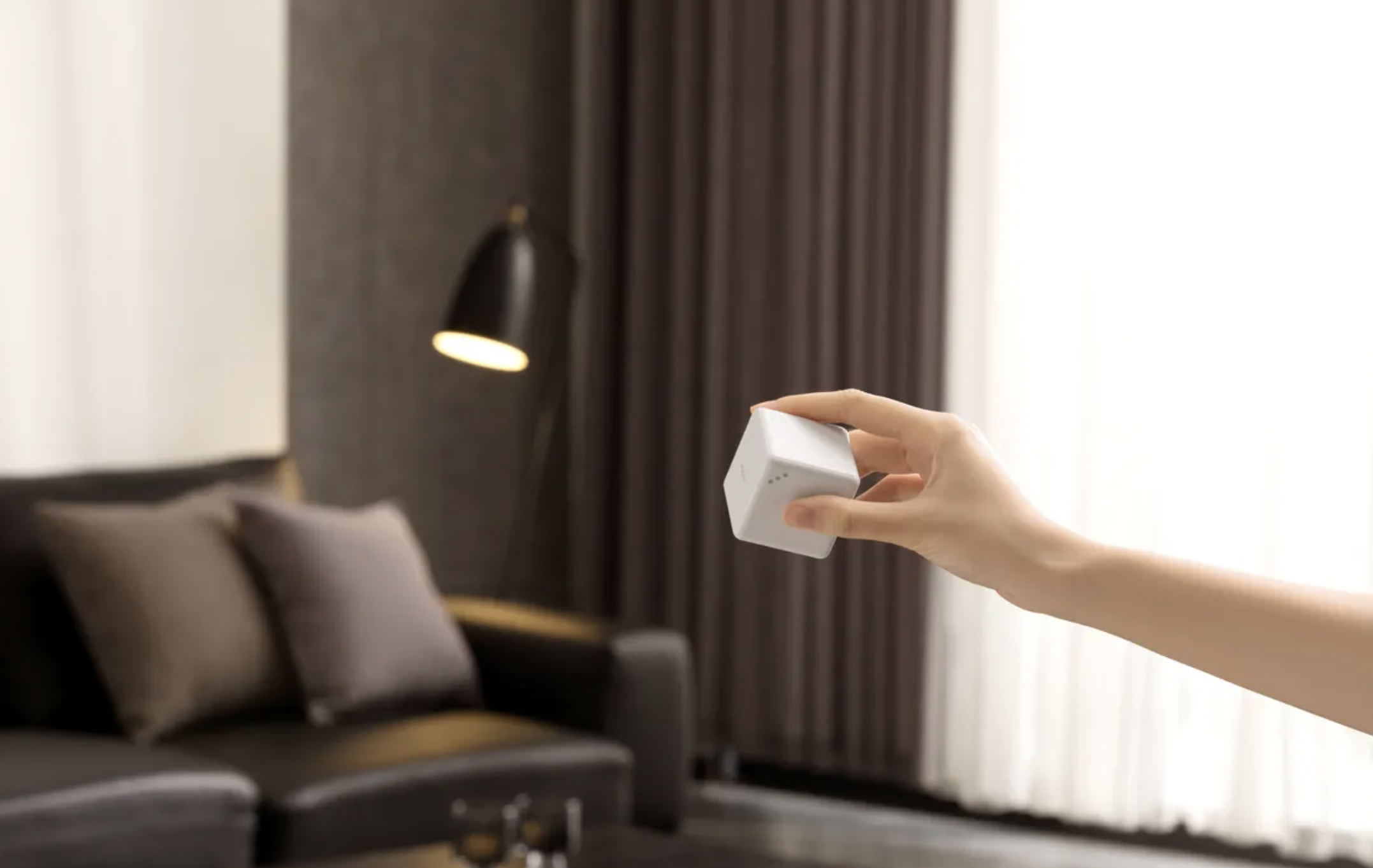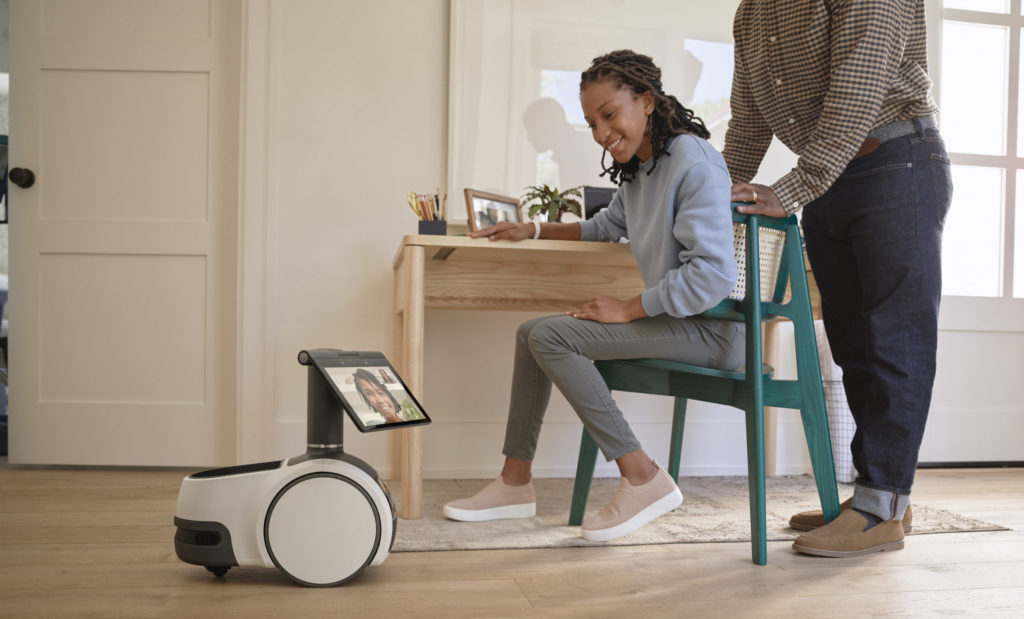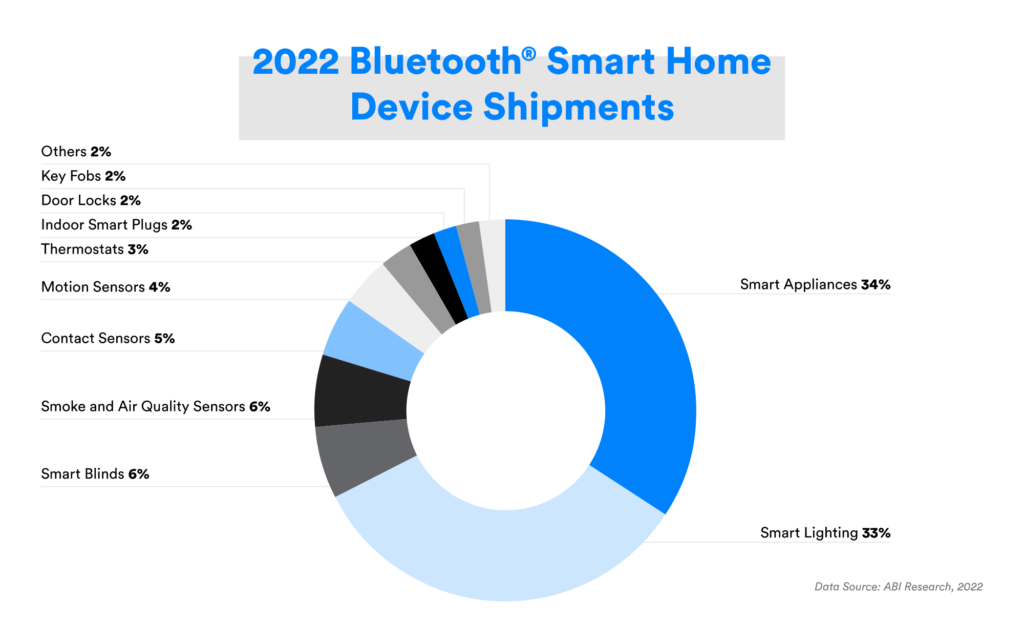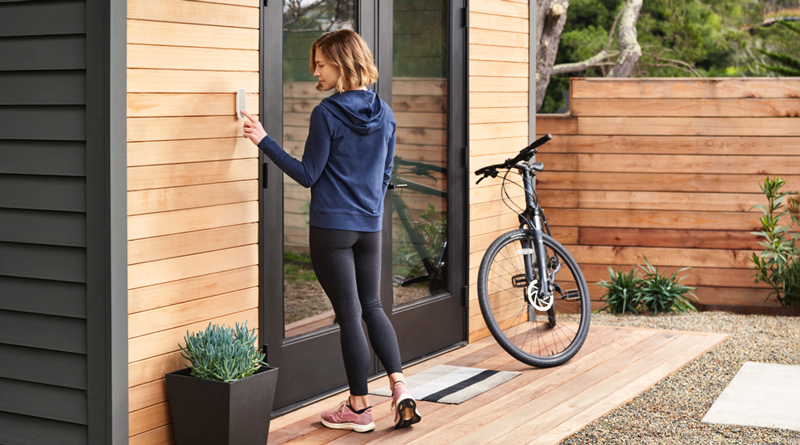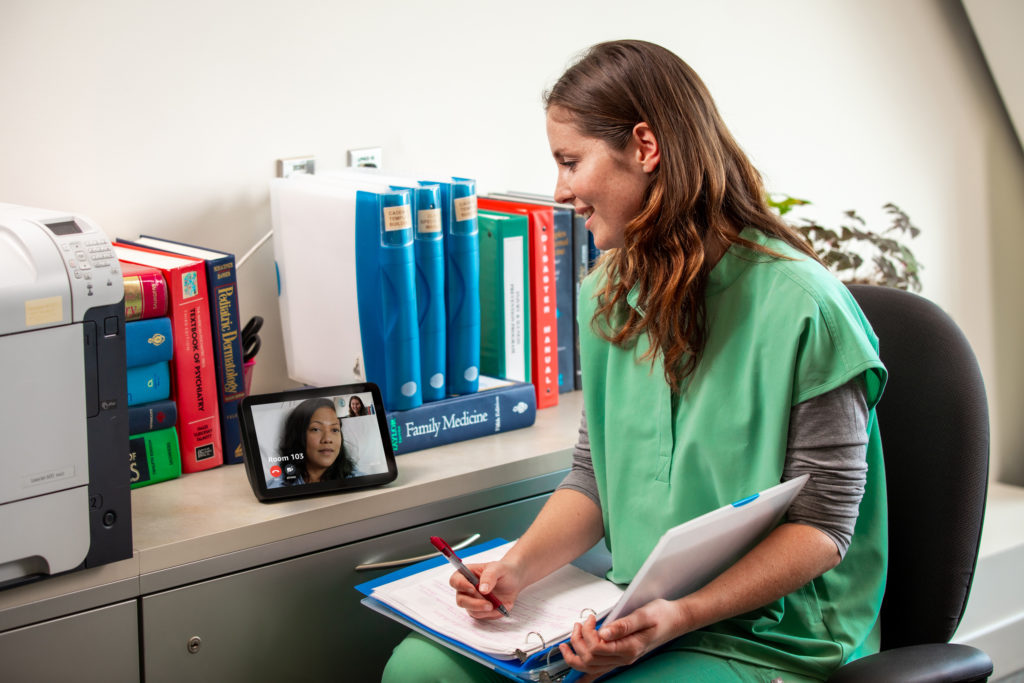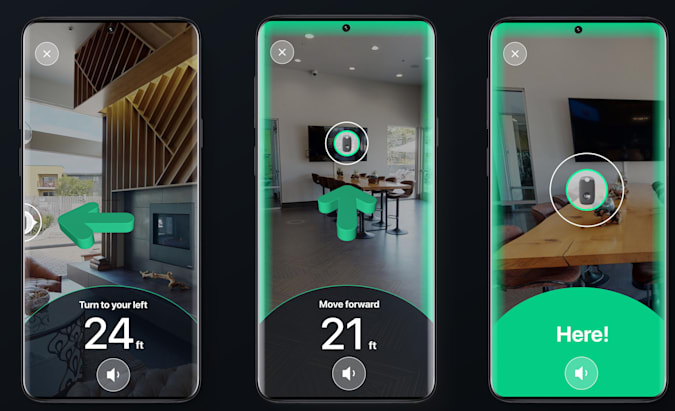This week’s show starts off with news from the Connectivity Standards Alliance as Kevin and I talk about the new Health and Wellness Working Group. Then we discuss some of the challenges that people face trying to use Matter devices across multiple platforms. It’s not seamless or easy yet. Also on difficult things, we discuss the challenges of securing the industrial IoT thanks to a new report from Dragos. Then we offer a preview of a new wireless technology for so-called massive IoT that will be on display from Wirepas at Mobile World Congress later this month. For those who were hoping for an open source voice assistant, I have bad news. Mycroft.ai is ceasing development of its open-source voice platform, and in addition, will not be shipping voice assistants to Kickstarter backers. There’s good news, however, for Arlo customers who were set to see the end of life for some of their cameras in 2024. Arlo has extended that date, and will continue to offer free 7-day cloud storage to existing customers. For listeners who are interested in energy-harvesting sensors, there’s an upcoming campaign for an open source board from Riotee that will provide solar-power sensing and Bluetooth. And if you’re more into working out and connected fitness, Tonal is looking for cash. Finally, we answer a listener question about upgrading his router and cleaning up his smart home.
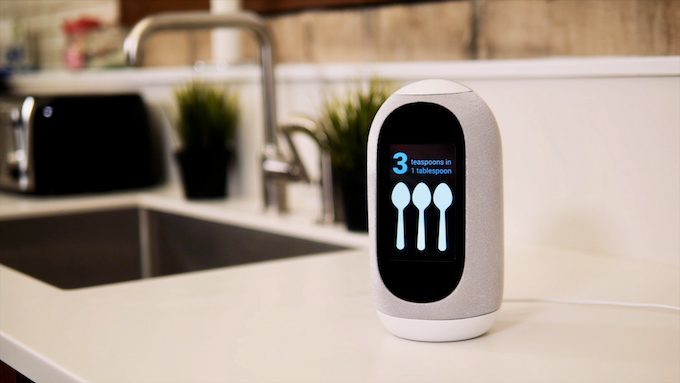
Our guest this week is Michelle Mindala-Freeman, who is the head of marketing and member services at the Connectivity Standards Alliance. She’s here to explain why the CSA is launching a new standards working group for health and wellness. We talk about what types of companies should be involved, what sorts of use cases the CSA hopes to deliver and why now is the right time to make such a standardization effort happen. Given that helping people age in place is one of the more compelling reasons to install smart home devices, the CSA is likely to find members willing to work on the problem. I also ask what other problems the CSA might try to solve. Enjoy the show.
Hosts: Stacey Higginbotham and Kevin Tofel
Guest: Michelle Mindala-Freeman at the Connectivity Standards Alliance
Sponsors: InfluxData and Silicon Labs
- Matter is having a rough start
- Say goodbye to Mycroft’s open-source voice platform
- We expect a new open-source board for energy harvesting sensors
- Why the time is right for the CSA to tackle health and wellness
- How will the smart home share wellness data?
Podcast: Play in new window | Download | Embed
Subscribe: RSS
